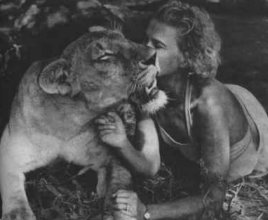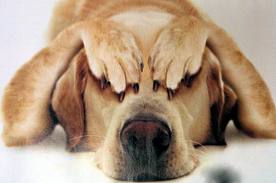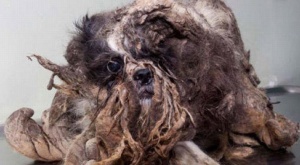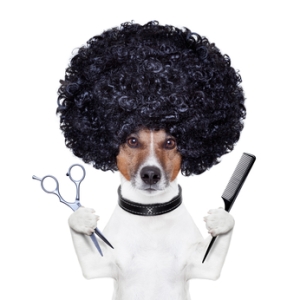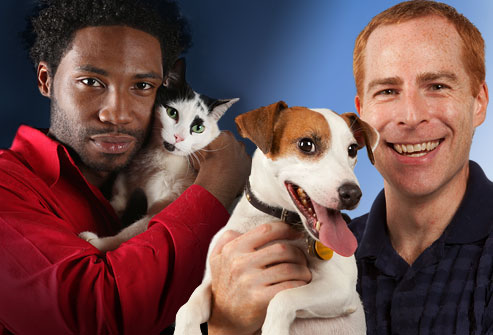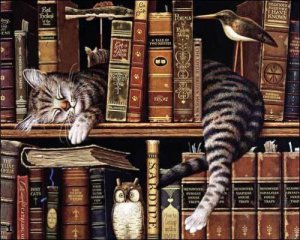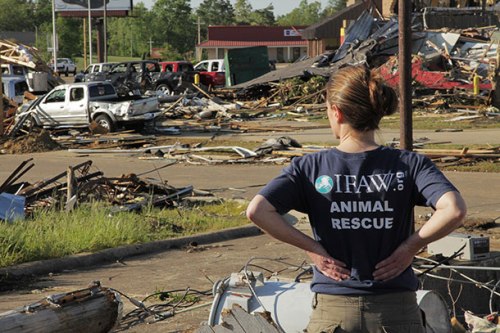Earth is not only home to humans, and often times we forget that. We share this planet with a slew of other creatures, including winged, four-legged, finned, and some even unknown to mankind. In order to preserve these creatures and ourselves, it’s important to protect our environment.
With the smoke that billows from our factories, our skyscrapers that replace the nature, and the fumes that escape our cars, the majority of the world’s pollution comes from us humans. With improved technology and new products being able to be created, the negative impact we are making on the environment seems to be in the back of our minds.
However, going “green” has been the new trend for a while now, and with more and more people joining in, there are ways to help reverse our negative effects.
Reuse
Many of the products we buy are unable to be recycled, and if they can be they take a while to decompose. Reusing products once we are done with them, instead of just throwing them in the trash, is one way to help the environment we share with animals.
Almost everything is made out of plastic, and plastic is very hard to recycle because it takes a long time to degrade completely. On average, a regular-sized plastic bottle, for example a water bottle, takes at least 450 years to fully decompose. That one bottle will still be here when our great-great-great-great-many greats-grand kids are around!
One of the most simple ways to reuse a plastic bottle is creating a vase out of it.
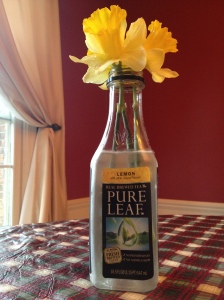
Animal Culture’s author, Kalie Lyn, just finished this green tea. After, she used it to showcase the daffodils from her garden!
And if a plain, clear bottle isn’t working with the decor of your home, add your own touch to it with a little decoupage.
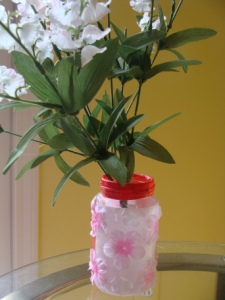
Kalie Lyn also made-over this old glass bottle with some creativity and modge podge.
Paper is another material that is used quite often, and while it has a less decomposing time (anywhere from 2 weeks to 2 months), products made of paper are filling our landfills. As sad as it is to say, actual books may soon become obsolete. With eReaders, the internet, and our phones, more and more people are reading screens versus the printed word.
With less people buying and reading books, books end up in the trash. However, these once-loved items could be reused and made into something else, such as a clock.
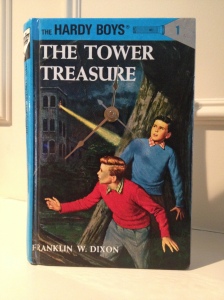
Kalie Lyn created this clock from an old Hardy Boys book she found at a garage sale.
Or maybe use the pages of a book, or even regular old newspaper, as wrapping paper. You could also use it to decoupage that plastic bottle vase!

(Photo Via: 2vintagesisters.blogspot.com)
There are many ways to reuse things we no longer need or want. The creative users of the internet are full of ideas, and a simple Google search such as: “Ways to reuse (plastic, paper, glass, etc.), is a great way to find inspiration. Oh, and of course there’s Pinterest!
Recycle
When you can’t reuse things, recycling them is always the best bet. Recycling allows an old product to become a new one, and separates materials that can take too long to decompose and ultimately harm the environment. However, recycling just doesn’t have to mean throwing an old cereal box into a bin for the garbage men to pick up. You can do your own recycling right at home.
Most of the left-over foods and drinks we consume go directly into the garbage. However, some of those left-overs can go back into the land and fertilize Mother Nature.
Eggshells, banana peels, and used coffee grounds and tea leaves are all nutritious for the environment. They help fertilize gardens, and the acid in coffee grounds and tea leaves are perfect for plants such as tomatoes, roses, and azaleas. Using these types of unused foods as compost is a perfect way recycle them, instead of just throwing them in the trash.

(Photo Via: HuffingtonPost.com)
While some foods are good to use as compost, others are not. Never use meat, breads, or dairy products while these can lead to bacteria and pests. If you are unsure what to use as natural fertilizers for your garden, make sure to look it up.
Another important item to recycle is unwanted or outgrown clothing, towels, and bedding. Linens made from synthetic materials, such as polyester and vinyl, do not decompose, and simply sit in landfills forever. So, don’t throw these out!
While it is now becoming more known to buy clothing and cloth products with biodegradable material, such as ones made from organic cotton or hemp, the jean pants we wore in high school, or that itchy wool blanket, doesn’t need to be discarded of. They can be recycled.
Donating your old clothes, towels, and bedding to a thrift shop is an excellent way to recycle and pass on fashion trends. And if you want to help animals in the process, animal shelters and rescues would be more than happy to use your old shirts and sheets as rags and beds for the animals awaiting homes.
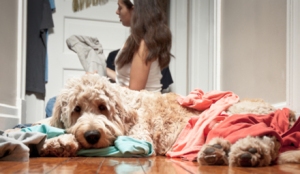
(Photo Via: Michiganhumane.org)
No matter how you choose to recycle, whether it’s sorting by bins, using old food as compost, or donating linens that never decompose, just remember to do it!
Reduce
Trash is everywhere. It’s in our homes, on the side of the road, and even in our backyards. Us humans create this trash not just by littering, but also by buying products that are bad for the environment.
One way to reduce the trash we create on this planet is by reducing the amount of non eco-friendly products we purchase. Take something we use on almost a daily basis: dish sponges. Not only are they dirty, but also terrible for the environment. 52,000 years – that’s how much it would take to decompose a year’s worth of dish sponges if you threw one out every week!
One way to end this insanely high degrading process is by creating your own dish “sponge”, instead of buying one. If you are crafty and know how to knit, you can make your own dish scrubbie within a day. By using biodegradable materials, such as hemp or organic cotton (as we talked about above), knitting yourself a dish scrubbie is not only better for the environment, but it also lasts longer and is more hygienic as you can put it in the washing machine to clean it.

Kalie Lyn knitted her own dish scrubbie, and it works great!
If you are interested in creating your own dish scrubby, a little tip is to make every other stitch a knit and then a purl. This helps to create that ribbed effect, which will work better to get crusty food off. Cutting out a product such as a dish sponge from our grocery list, and instead creating our own, is one way we can reduce the trash on our Earth.
Another way to reduce trash is to literally pick up poop – dog poop that is. Because of the grain and meat in dog food, and the table scraps our pets sneak, their waste is not good compost.
Yes, nobody’s favorite thing involves picking up dog feces, but it is something that needs be done. Simple as that. Besides, it’s not fun stepping in dog crap, even if in some cultures they consider it good luck.

(Photo Via: Animalradio.com)
And remember how long it takes for plastic bags to decompose? Buying biodegradable doggy poop bags double helps the environment!
Besides the ones we provided above, there are many other ways to help combat the negative impact we make on our world. We share this planet, and for the sake of us, our children, and animals, it’s important to know and practice ways to keep our planet clean and around for a long time.
And because we are all in this together, Animal Culture would love to hear from our readers about the ways YOU Reuse, Recycle, and Reduce!
* Sources: Home.howstuffworks.com, Mnn.com, Hoaxorfact.com, Postconsumers.com, Huffingtonpost.com, Womansday.com*
*Note: The article above was written by © Kalie Lyn, 2014*





